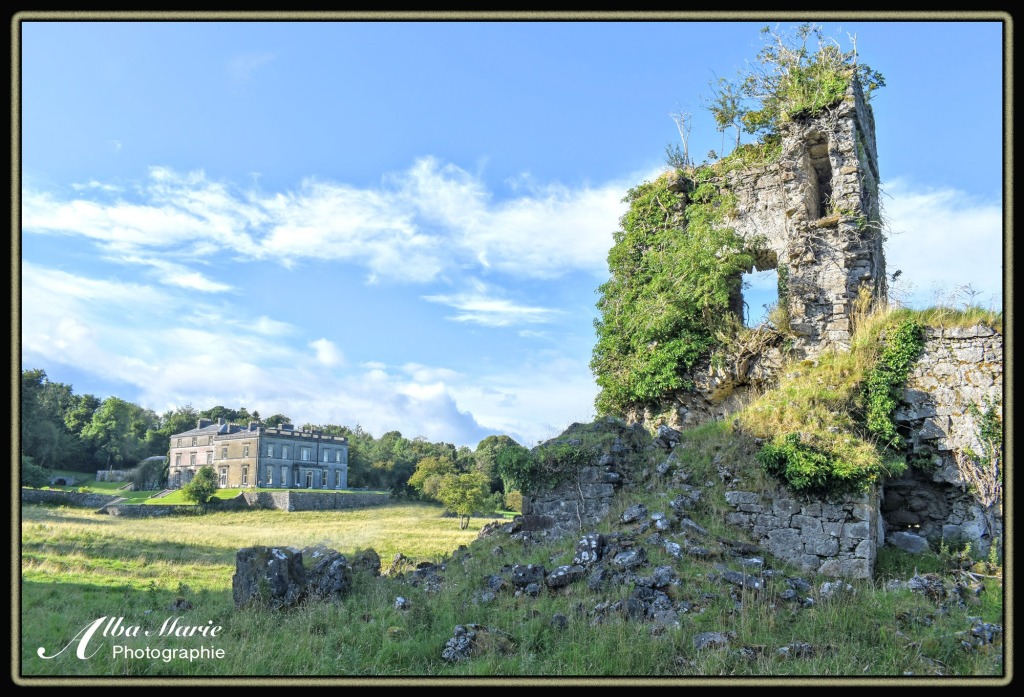
Woods in Leitrim, Ireland
Twisted and gnarled, the damp, temperate climate of Ireland lends itself to green. Every shade and tint of green. Moss clings to the wind-worn trees. Soft ferns uncurl themselves from the thick carpet of dead leaves and bracken. Braids of ivy intertwine the tree trunks, blowing quietly in the wind like wisps of hair. Even as the seasons turn, the hardiest of leaves cling to the branches. And from the forest floor, the next generation of woodlands push through the ground searching for sky, jostling for space amongst Ireland‘s busy forest floor, crowded with mushrooms, ferns, bushes, flowers and animal burrows. The small and remote County Leitrim on Ireland’s west coast is not on most people’s Irish tourist itineraries. Very few visitors could point it out on a map or say anything about this little county; in fact, plenty of Irish from the east coast might be hard-pressed to tell you anything about Leitrim other than “rural farmland.” But if you’re looking for total peace, a place where the modern world is at a standstill, where there are more sheep and cows than people, more barns than houses, more cow-tracks than roads, you’re essentially looking for Leitrim. Green pastures and green forests, green hills and green fields – it’s hard to find a prettier and quieter place to escape from the world for a few days than rural Leitrim in Ireland’s northwest.
Tip: Some amazing Leitrim spots to check out include Glencar lake and waterfall, the nearby Devil’s Chimney waterfall and forest paths, the cute villages of Dromahair and Mohill, the lakeside Parkes Castle and Drumshambo gin distillery.
Seasonal Forests – Further Reading:
- Bluebell Woods in Spring – Ireland
- Loughrea Woods in Autumn – Ireland
- Snow-dusted Woods in Val di Susa – Italy
- Summery Gorges d’Ardeche – France




















